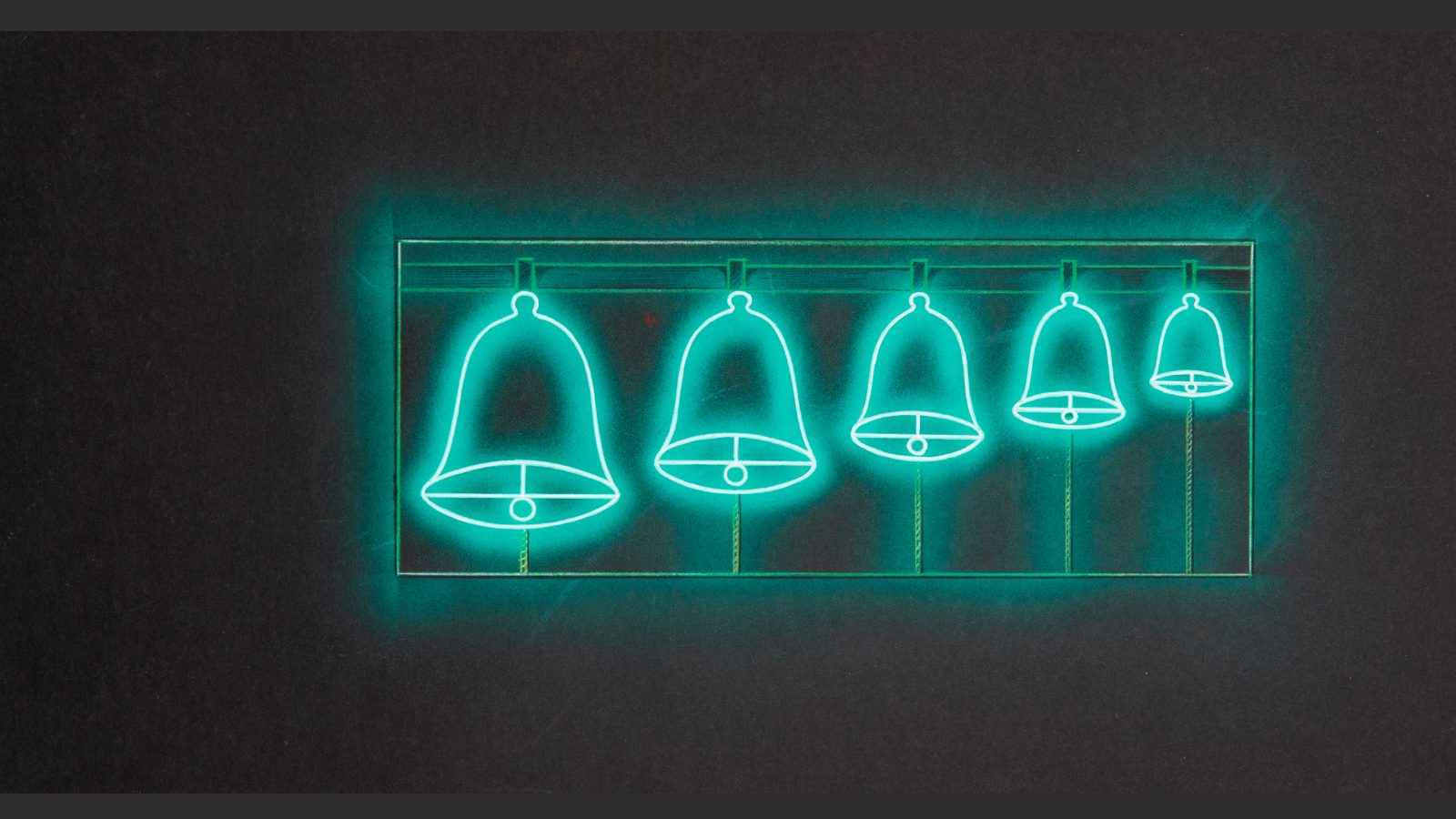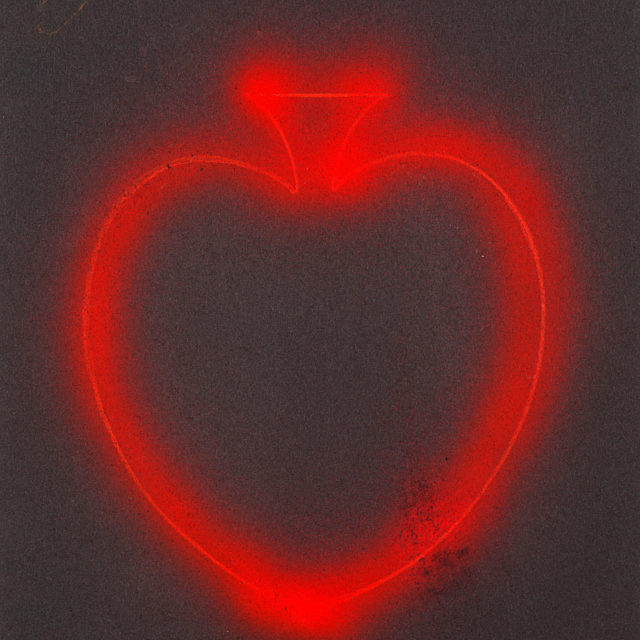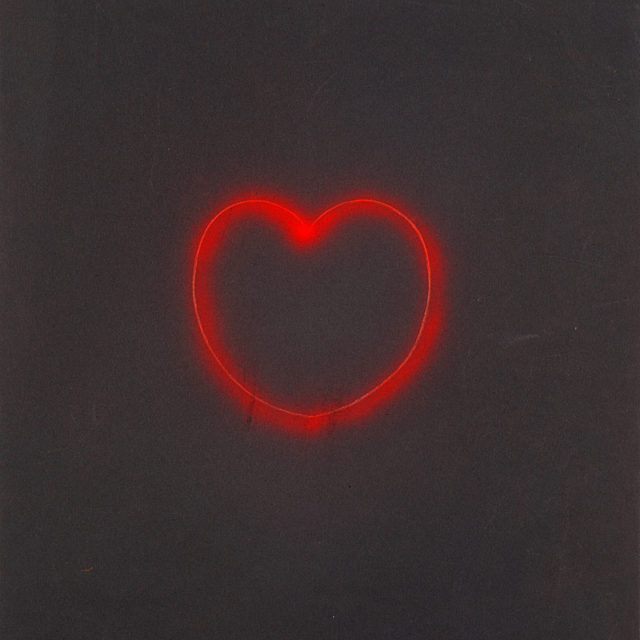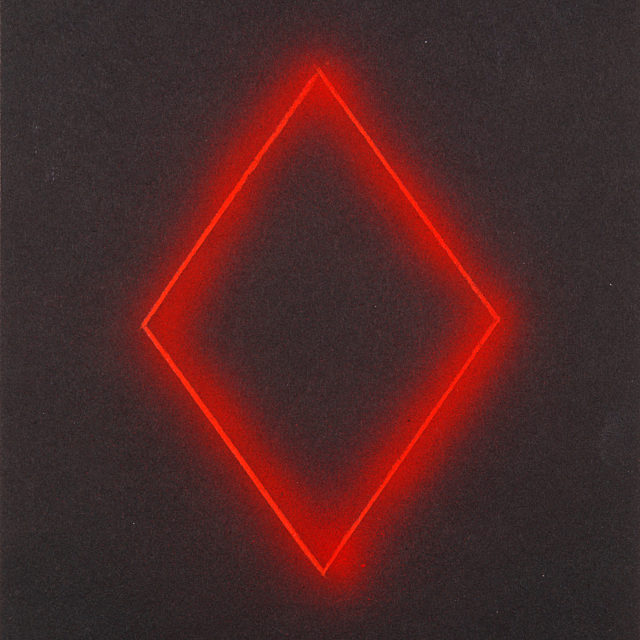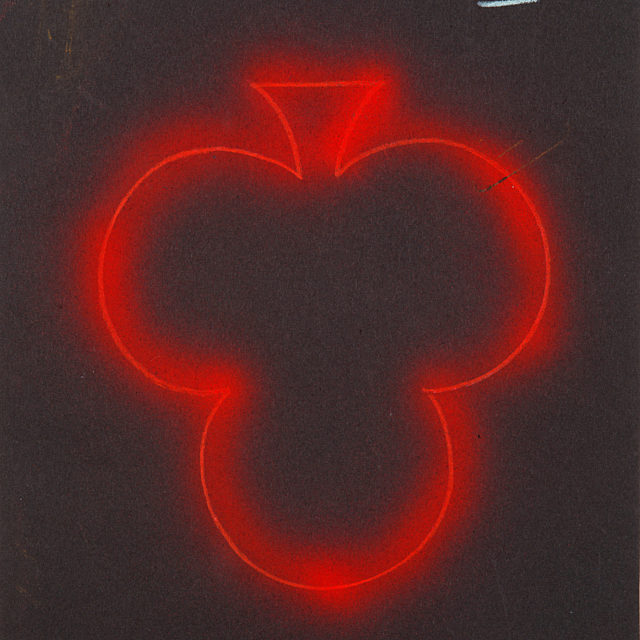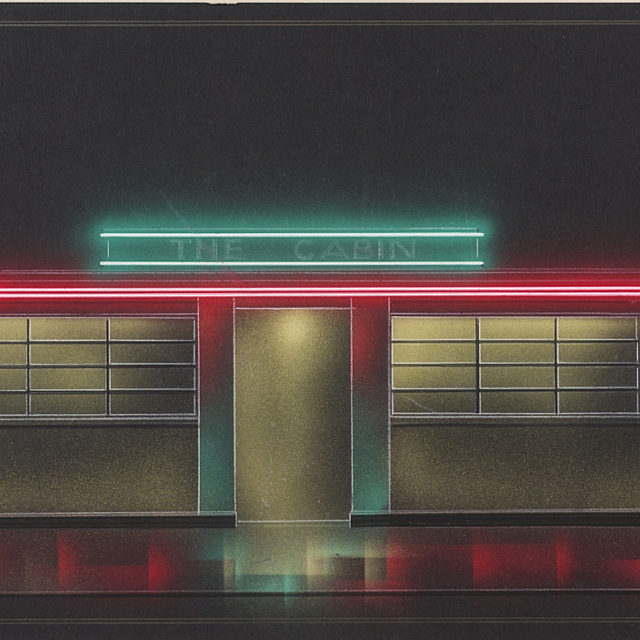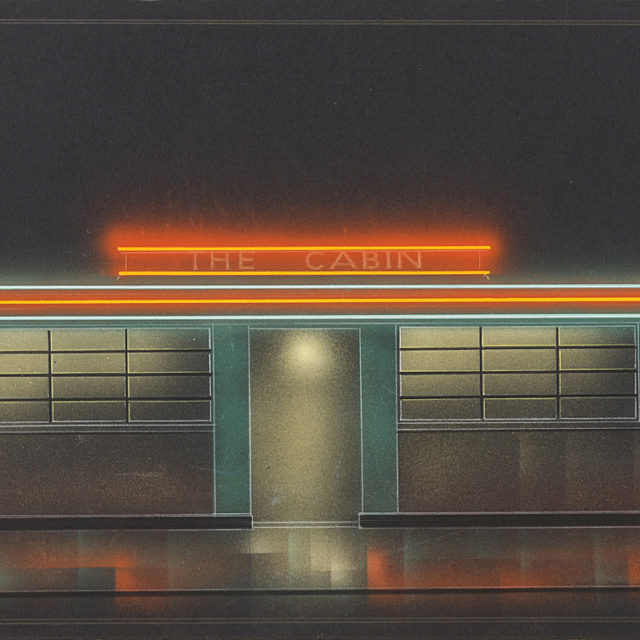by Professor Vanessa Toulmin
Artificial Sunshine
Blackpool has always looked to the idealized urban realm of World’s Fairs and other entertainment arenas as inspiration in its quest to attract pleasure seekers to the resort, embracing what German academic Wolfgang Schivelbusch describes as a ‘lighting of festivity’. Blackpool’s most famous use of such lighting, the Illuminations, established in 1912, and then continued in 1925, has become a defining feature of the resort’s progress as a major tourist destination of the twentieth century, an advancement which turned the sea-front into, in Schivelbusch’s evocative words, ‘a dazzling panorama of scintillating lights and a glorious vista of fairy globes’.
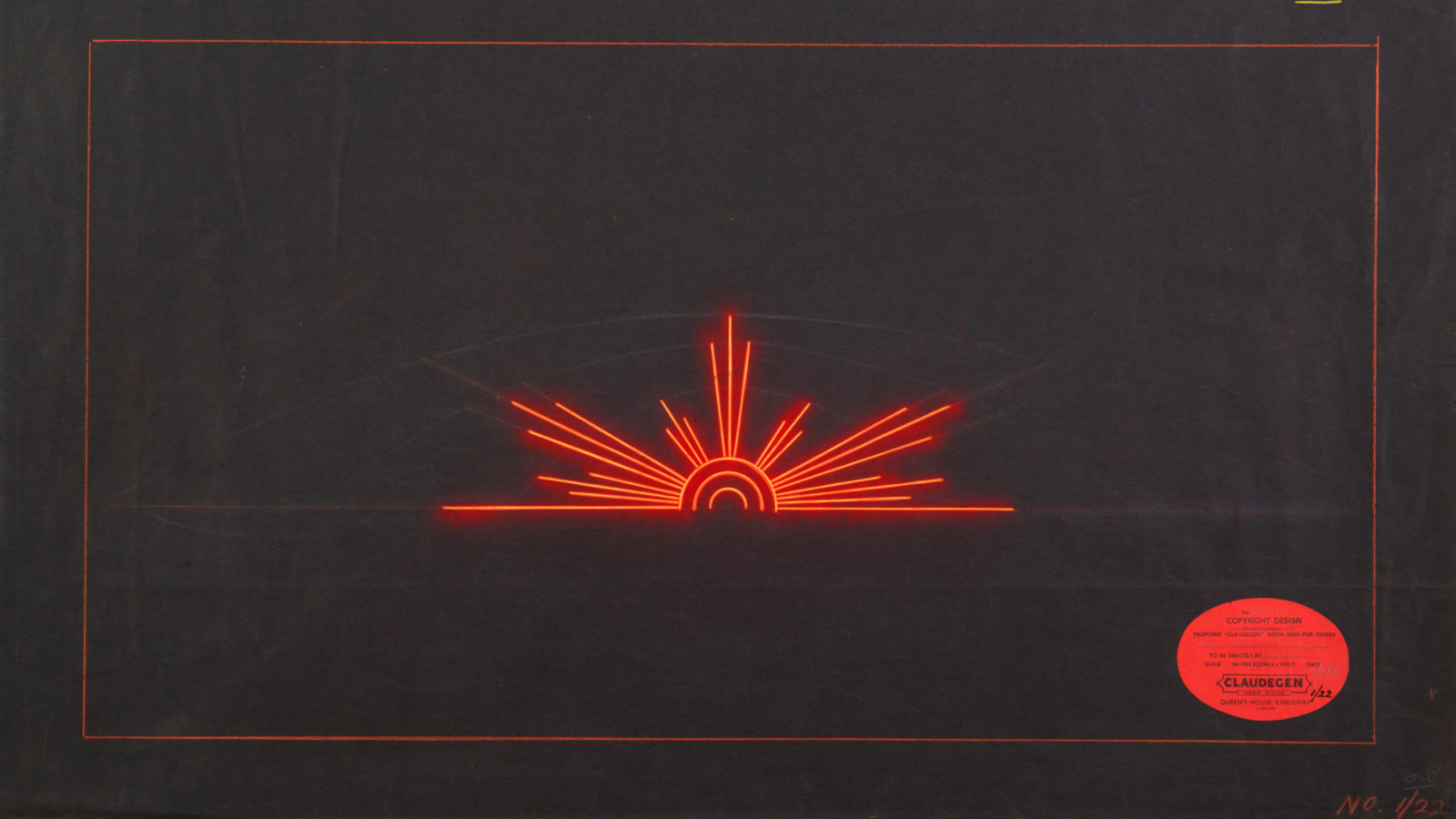
Today’s modern illuminations (the Lights) attracts in excess of three million visitors. It comprises more than 400,000 lamps of various types and styles, has specially commissioned features, and the cable and wiring stretch more than seventy-four miles (120 km). Over its varied history, the Lights has incorporated living illuminations, neon lighting, the world’s largest mirror ball, illuminated art vehicles, contemporary art installations, dancing and moving mechanical features, and more recently an ambitious mapping projection on the Tower itself. Blackpool’s close association with artificial light is a defining strand of its past, present and—no doubt—future innovation. From an historical perspective, Blackpool’s constant use of state-of-the-art irradiation devices, a practice which originally betokened both progress and modernity, is now a cornerstone of its heritage and tourism industry through the institution that is Blackpool Illuminations.
The annual light show, however, is only a part of the resort’s fascination with modern electrical innovation. It’s the flash that brings the cash, so runs the showmen’s adage, and in Blackpool this flash was most appropriately brought to the resort by the wonders of modern electric light employed in a variety of different applications. Electric lighting came to Blackpool in 1879; while the town was not the first location for electric street lights (London’s Victoria Embankment was first in 1876, followed by Newcastle’s Moseley Street in February 1879), it was the scale and extravagance of their use in Blackpool which signalled how effectively Blackpool would use light to power its growth as a holiday destination. In that first year up to 100,000 people congregated to see the promenade illuminated on the evening of 19 September. The opening of the electric tramway in 1885 was also cause for a marquee-style celebration, with electricity once again taking centre stage. Furthermore, Blackpool became one of the first towns to mark important civic events with illuminated tram-cars when five corporation trams were decorated with coloured lights to mark the Diamond Jubilee of Queen Victoria in 1897.

Liquid Fire: Light and Modernity
Blackpool Illuminations’ use of neon lighting occurred at a time of the modernisation of Blackpool as a resort, and the widespread uptake of this new form of illumination in the United Kingdom. Neon first arrived in Blackpool in the inter-war period of the early 1930s. George Claude, the pioneer of neon signage and lighting, together with other international artists and designers provided a backdrop of taste and style. The start of Blackpool’s neon period falls into a distinct phase in both the Illuminations’ history and that of the resort. At first, the neon designs were abstract and art-based, described by Tim Edensor and Steve Millington as ‘offering genteel pleasures for the eye’. Later, when the Illuminations transitioned to ‘the advent of a multiplicity of scenes from popular culture’, neon accents contributed to fixtures related to popular culture and entertainment.


The introduction of neon into the annual illuminations in the early 1930s occurred during a distinct period in the history of neon in the United Kingdom and the development of Blackpool as a major international resort. Resorts around the United Kingdom were adapted and modernised to cope with the increased numbers of visitors, and local councillors assumed the responsibility of running the seaside towns as commercial
enterprises. The level of investment by Blackpool Council leading up to 1930 was greater than that of any other resort in the country: £1,500,000 was spent on seven-mile promenade extensions; £300,000 on indoor baths; £75,000 on an open air pool; and £250,000 was spent on the creation of Stanley Park in 1926. The modernisation of Blackpool included a major redesign of the Pleasure Beach. Joseph Emberton, one of the most significant architects in the United Kingdom at the time, oversaw its transformation. Andrew Mazzai, meanwhile, supervised the design of the modernisation of parts of the Winter Gardens complex (through Olympia) and its interiors. By 1931 the Illuminations were also beginning to be transformed and modernised; Blackpool hired new designers with fresh visions, and one of their bright ideas was neon.
Georges Claude: the French Edison
From its earliest days, neon captured the attention of the entertainment world, the early automobile industry, and marketeers. The French engineer and chemist Georges Claude (1870–1960), described by Christopher Ribbat as ‘an early global player and an unrivalled effects showman’, perfected Ramsey’s early experiments, added an electrical discharge to a sealed tube of neon gas, incorporated elements such as a non-corrosive electrode, and coloured the insides of the tube to add a greater variety of colours and to intensify the density of the glowing light. Claude had been providing neon lights since 1910; the first sign appeared in Paris during the Paris Salon de l’Automobile et du Cycle. After displays at Luna Park in 1911 and the Palais Coiffeur barber shop in 1912, followed by the now legendary Cinzano sign in 1913, there were over 160 neon advertisements throughout Europe prior to the First World War. Claude took out his US patent in 1915.
In 1923 the Claude Neon Company went into full-scale international production. In America, neon was embraced by the advertising and entertainment industries. At this time Claude Neon operated an early franchising model; its global partners—as far flung as Japan, Cuba and New Zealand—were sold a license to use the electrode patented by him. In 1927 there were over 6,000 neon advertisements in Paris alone.
Subsequently, Georges Claude became known as the French Edison. As for the United States, the application of neon in twentieth-century American advertising and popular culture has been well covered by authors such as the artist Rudi Stern and Martin Treu. Christoph Ribbat in his Flackernde Moderne: Die Geschichte des Neonlights documents neon’s global impact and use by city planners, advertisers and artists alike.
The history of neon and its early adoption in the United Kingdom has yet to be as rigorously studied by academia as it has been in Europe and the United States. Neon arrived in London in 1923, and the Claude Neon Company maintained an office in the capital, yet little or no research into all this has been undertaken. While later commentators credit both the Savoy Hotel and the large-scale Bovril sign in Leicester Square as the earliest examples, newspaper features dating from May 1923 credit the Coliseum as the first to bear large-scale adverts, and, according to The Era, by October of that year, the Palladium had them too:
"Neon Light vivid red pillar of flame in the heart London visible clear nights from the heights Hampstead and, on the other side London, from the Crystal Palace, the Tower, the Coliseum—which is illuminated Neon Lighting. This installation is the first of its kind in the British Isles, and is something quite new in London’s already remarkable night light display."
Bristol claimed to be the second city after London to include neon in its lighting systems. Early adopters of the new radical lighting system were aviation centres and lighthouses. Even places of worship embraced this new technology. Neon manufacturers were advertising as early as 1926 in Sheffield. Neon was not welcomed by everyone, however. In 1925 wireless operators claimed the electrical discharge in London was affecting their frequencies. Throughout the late 1920s neon appeared in shop signs and in signage for new theatres; the New Theatre Boston, for example, proclaimed its neon sign was the only one of its kind in Nottinghamshire and Lincolnshire.
By the early 1930s neon was becoming increasingly common. The construction of art deco modern cinemas from 1929 onward came complete with beautiful streamlined neon signage; a significant case in point was the Brixton Astoria, which combined neon on the outside with atmospheric theatrical architecture inside. In 1930, a partnership between the General Electric Company and Claude Neon launched a new company, Claude General Neon Lights, or Claudegen (due in part perhaps to the ending of the patent rights, particularly in the United States). By the end of 1933 over 100 different electrical companies were advertising the manufacture of neon signs, including those in Sheffield, Lincoln, Bristol, Wells, Portsmouth, Derby, and Leeds, to name but a few. Portsmouth alone claimed to have over 100 neon signs. Claude General consolidated its position in the field in 1933 with the takeover of David Allen Neon Displays Ltd and by 1939 was described at the General Electrical Company AGM as the leading company in the electrical sign world.

Blackpool Neon
Blackpool’s position in the emergence of neon is another untold, yet immensely interesting, aspect of this story. Although there is no doubt that businesses, such as amusement caterers on the promenade, started to incorporate this new signage into their displays, the date of the appearance of the first neon signs in Blackpool is difficult to ascertain.
What is known, however, is that the application of neon through Blackpool Illuminations was on a significantly larger and grander scale than ever seen before in the United Kingdom. The introduction of neon in the Illuminations occurred gradually over a period of three years. Original artworks in the Illuminations Archive include a series of neon-themed designs from the 1930s; the earliest, a Claudegen design, dates from 1931.
There are also designs from other companies including Ionlite Ltd. This corresponds to accounts in the Lancashire Daily Post which record the testing of huge red neon lights on the top of Blackpool Tower in April:
LIGHTS ON BLACKPOOL TOWER. Streaks of brilliant red lights were shone from the top of the Blackpool Tower last night, and could be seen for miles around. It was learned that a test of Neon light was being carried out:
They are arranged in the form of four bars, and claimed to have greater penetrating powers than any other type of electric lamp.
By the 1931 Illuminations season, reporters were proclaiming:
“Bigger, better and brighter than ever before,” is Blackpool’s motto for this year’s scheme, and since the last display her engineers have toured the greatest Continental cities and exhibitions in search of new ideas, and the pick of what these cities have to offer will be reproduced there. [. . . ] Neon lighting is also to be used for the first time, and from the jetty of each of the three piers, searchlights will first pierce the utter blackness of the sky with long fingers of coloured light and then sweep down to illuminate the foamflecked waves of the dark seas beneath.

By 1932 additional beautiful and streamlined neon decorations were featuring in the Illuminations, with the tram shelters at Talbot Square once again highlighted with new elements extended to the North Shore promenade:
Twenty large searchlights will be used in the displays—two on the south pier, four on the north and central piers, five at Manchester-square, and five on the promenade at central beach. All the colours of the rainbow will be projected (with) these great beams, which will show coloured fans of light on sky and sea. There will be several novel aerial displays, and should the sea be rough visitors will witness remarkable spectacle as these lights play on the tossing foam-capped waves. [. . .] The tramway shelter in Talbot-square will be found to be outlined with neon lights in various colours, and these lights are being introduced along the North Promenade also.

Further use of neon was reported in the Lancashire Evening Post, 1 August:
Now that the new tramway shelter has been completed it is to be outlined with Neon lighting in red, green and blue, and vari-coloured Neon globes and a sparkling butterfly in Neon lighting are to be woven into the general scheme of lighting the Square.
By 1933 (deemed the ‘year of neon’ by The Era) Blackpool had fully embraced this new medium, with a dazzling display incorporating over 800 feet of neon lighting on the façade of the Town Hall in Talbot Square alone. The design for this widely publicised new departure for the Lights was by Claude-General Neon Lights Ltd; the original artwork, including details of individual features, survives in the Illuminations Archive for 1933. Original drawings include the façade of the Town Hall, a series of pale aqua coloured bells, a crinoline lady, and a dazzling sun. All of these were incorporated into the splendour that was the 1933 Lights display:
The Mayer (Alderman T. Fenton) touched a switch at dusk and brought this huge crowd to sudden halt. The people gasped in amazement and then cheered wildly at the thrilling leaping into life of a wonderful carnival of light and colour, which gave off a glow seen 25 miles away. Star shells soared into the sky as first the £1,500 jewel of the lights in Talbot-square glittered with its 800 feet of burning red Neon light splashing over the Town Hall front. Then 420 feet of blue and green torches reached to a smiling Man in the Moon,” and stars shooting across Blackpool’s '‘Progress” blazing in red above playing fountains of blue water, near which a Victorian lady fanned herself incessantly. Near, a brilliant sun smiled above the archway of light at the vari-coloured devices that wrought over-changing patterns. Floodlights bathed the surrounding buildings in a soft, red glow.
The red neon glow that descended over the resort was designed by Claude-General Neon Lights, which had offices both in Manchester and Blackpool. Its advertisement in the Illuminations Souvenir brochure for 1933 proudly declares that the ‘neon display on Blackpool Town Hall stands out for brilliancy of colour and originality of design’. It was appropriate that the early innovator and leading manufacturer of neon lighting was now involved with the largest light display in Europe.

Lighting of Festivity
Blackpool was the first town to use neon for public display to maximise tourism and enhance commemorative events. By 1935 towns and cities across the United Kingdom celebrated the King’s Jubilee with neon signs. Blackpool’s use of neon was modern and cutting edge. During the Illuminations, key buildings around the town were decorated with colourful abstract designs. The town was saturated in coloured neon, a spectacle grander and gaudier than that offered by any other town or city in the country. Blackpool’s use of neon in 1933 was international in aspiration, taking inspiration from Chicago’s 1933 Century of Progress World’s Fair. The use of neon soon spread to all areas of public life, from municipal displays to business, theatre, and cinema signage. Blackpool continued to use neon throughout the 1930s, as evidenced by designs dated up to 1937 in the Illuminations Archive. It is difficult to ascertain from the surviving designs which of them were actually built, though there are some clues to be had from local news reports of tram shelters, the Information Bureau, the Town Hall and many pylons along the promenade being bathed in neon at this time.
Blackpool is a town that has welcomed and celebrated the appearance of each successive phase of innovative lighting—lighting as a phenomenon both decorative and practical, serving a functional municipal purpose and also as an artistic expression, an engaging lure to draw in the crowds. From neon in the 1930s to advanced mapping and 3D light projection in the twenty-first century, the lighting of festivity continues. Blackpool’s continued love affair with light both old and new shines as a celebratory beacon to excess bling and surprising beauty, to modernity and progress. Blackpool’s artificial sunshine attracts the crowds and shines the spotlight of nostalgia and progress literally on to the streets and attractions of the town.

Download the PDF of Lighting Festivities
Click here to download the PDF version of Professor Vannessa Toulmin's article on the histroy of Neon in Blackpool.
